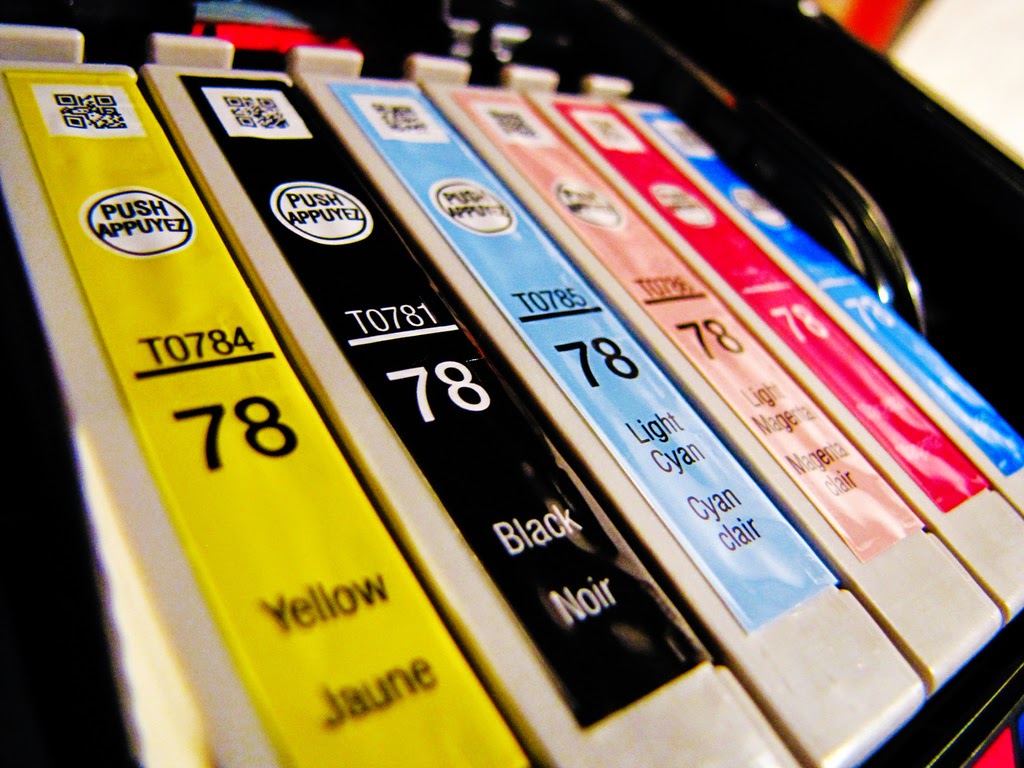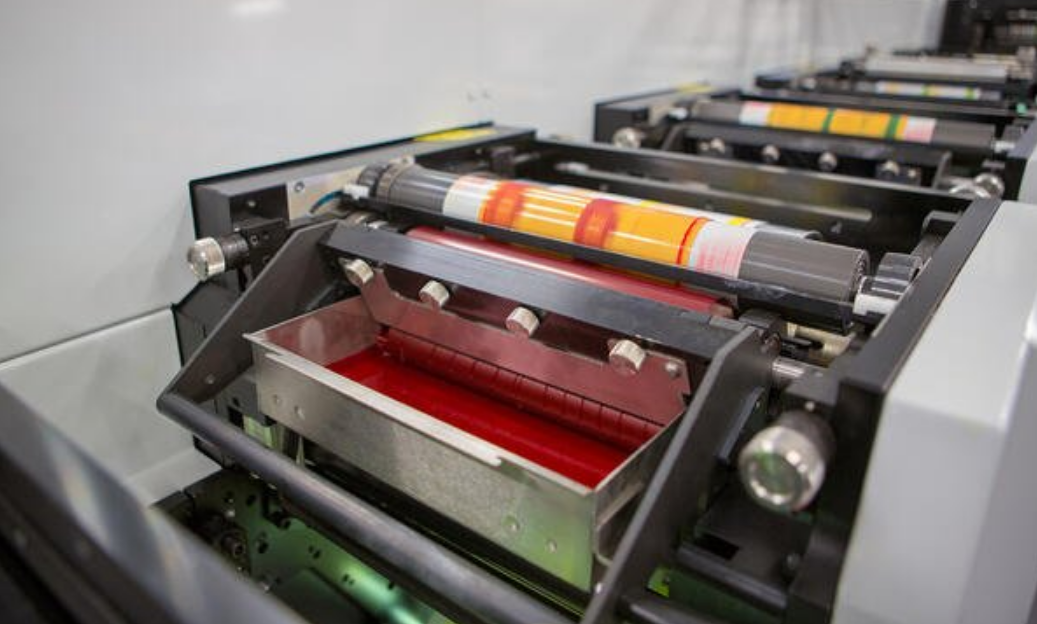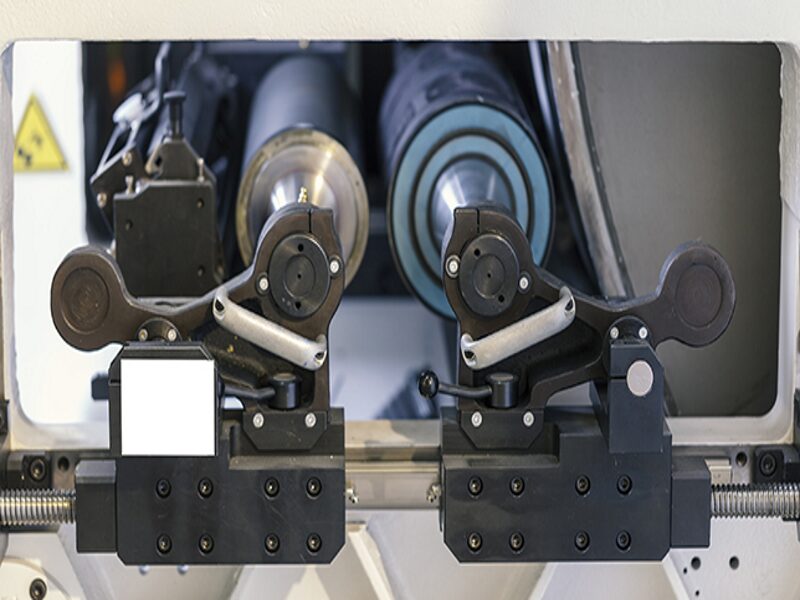Although a lot of people don’t realize this, flexographic printing has long been a go-to option for a wide range of markets. But, like everything else around us, it’s also changing rapidly to suit the needs of new consumers, which is why there are some new emerging trends within the industry.
This is why you might now be wondering – what are the emerging trends in the flexographic industry? Luckily for all individuals that are wondering the same thing, the article below will shed some light on the entire topic. So, without further ado, let’s take a look at the changes happening:
1. It’s Becoming Automated
In the past, the flexographic processes required a trained and experienced operator to deliver high-quality results. But, with all the new innovations and improvements happening in the processes and plate preparation, automation is one of the increasingly popular trends for the presses used.
This is why most companies look at all areas, which includes things such as getting the files ready, distribution, finishing, as well as delivering a suitable solution for the press operators. This innovation has lead to another one – the extended fixed color palette – which is something that can minimize ink and plate transitions, which can reduce waste, and offers better products.
2. Helps With The Lack of Skilled Operators

Since the industry is getting more automated every day, it can help with the lack of skilled operators. Unfortunately, the entire industry has been a bit slow to react to these particular issues as trained operators leave the workforce after decades of work, and in recent times, it has been extremely daunting to attract young employees.
Hence, by making changes to the processes and production lines, many manufacturers now choose to automate and completely digitize some of the most important functions. The result has created an improved automated workflow, one that requires less the operator to interact less with the presses.
Now, as you might have guessed, this will certainly result in the reduction of employees needed, however, since there is already a lack of them in this industry, automation and digitization can eliminate the issues that the industry has been facing for several years by now.
3. Digitization Isn’t a Threat
Digital prints are becoming increasingly popular, mostly because it allows companies to order lower volumes and they can also easily customize their products. Though flexographic printing still remains one of the most popular options out there for various materials, digitization can help broaden their range as well.
Naturally, there are benefits to both of these options, and this is one of the reasons why manufacturers choose to offer both of these options to their consumers. However, there are also new hybrid press units – which is something that’ll definitely ensure the success of the industry in the future.
4. Market Declines And Changes

In recent years, some traditional markets that utilize flexographic printing are in decline, and one of the most impacted fields is the newspapers market. Besides the newspaper market, there are other goods that are experiencing the decline, which include sacks and envelopes.
Why is the demand decreasing? Well, it is quite simple – we live in the era of technological advancements, the Internet, and smartphones. Hence, instead of sending mail, we send electronic ones, hence, the need for envelopes is decreasing. The same goes for newspapers since most people read the news online.
According to the experts from FlexStor, the packaging sector is one of the most important activities and volumes in the flexographic industry. And, this is exactly where the changing customer habits have been an issue. This is why the industry is expected to opt for lower volume run requirements.
5. Regional Development
One of the most dominant markets in packaging goods is, of course, Asia. Currently, it continues growing and developing, mostly because of the economic situations and population. There is an increase in the activity around consumer goods since the economic growth allows more people to enjoy branded goods that are manufactured in American or European countries.
6. Quick Drying And Non-Toxic Inks

This type of process is quick-drying, but more importantly, it uses non-toxic inks. This is why a wide range of markets opt for flexographic printing, especially the food packaging industry. Hence, it can be used for milk/food containers, beverage containers, as well as disposable plates and cups. Since it’s completely safe for food, it has been utilized in the medical field as well.
7. The Products Are Consistent
One of the best things about this particular industry s that it can produce millions of pictures by utilizing one template. No matter if the manufacturers are using polymer or plastic, the place produce will be durable and consistent with every issue. This basically means that each of them is the exact same as the one before it.
8. Improvements in Solid Color Printing

Due to the aforementioned ink control systems, one of the main benefits of flexographic printing is that it can produce solid colors on a wide range of materials. During other printing processes, a few layers of ink need to be placed, mostly because it’ll provide richness in color and saturation.
However, this is not the case with flexographic printing. After all, the ink used during this particular printing process dries quickly, which means that there won’t be a need to apply several layers. Of course, if required, several layers can be applied, but the time needed for this will be lowered – something that can save manufacturers a lot of money.
Conclusion
As you can see from our article above, there is a wide range of changes happening in the flexographic industry. Like everything else around us, it is also changing and evolving, and some of the core emerging trends in the industry are digitization, as well as automation of various processes.
So, now that you’ve learned more about this particular industry, you really shouldn’t waste any more of your time. Instead, you might want to open a new search tab and start researching more about the emerging trends and changes in the flexographic printing industry.








